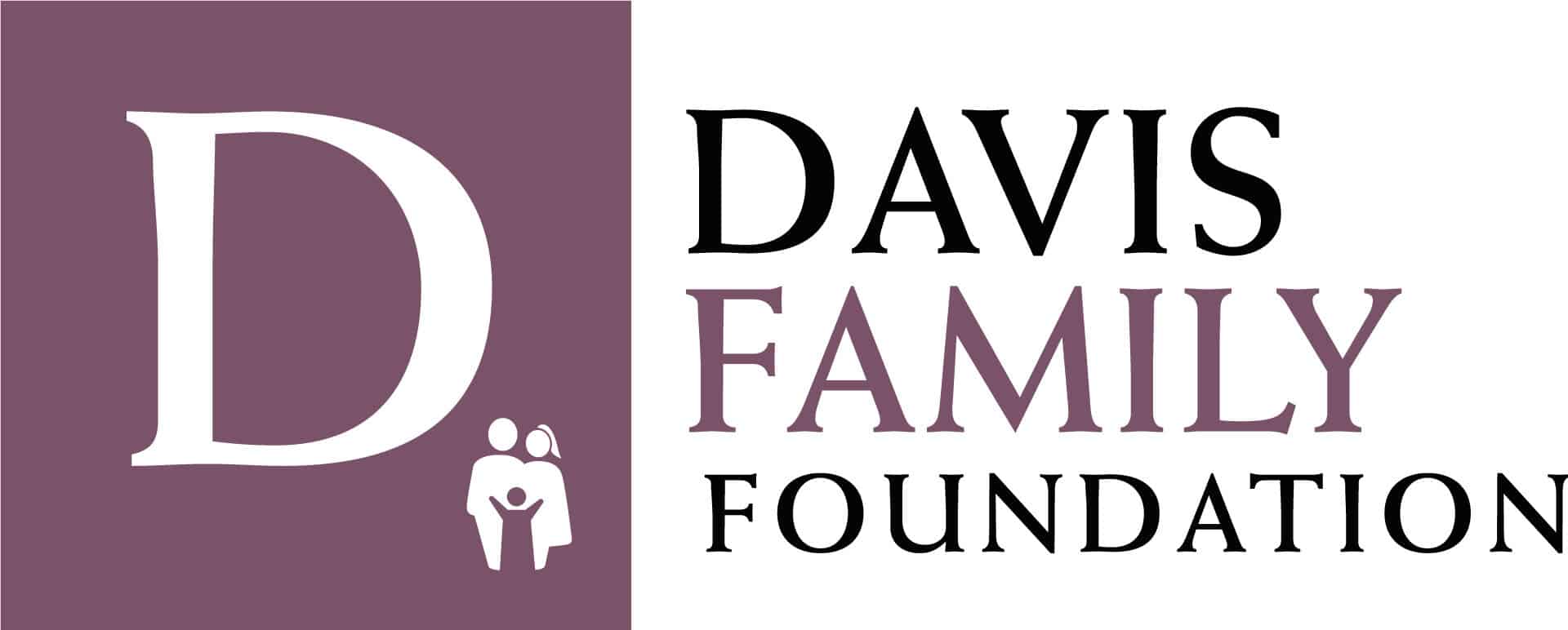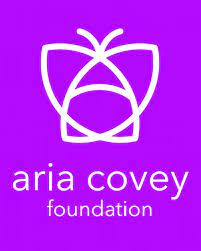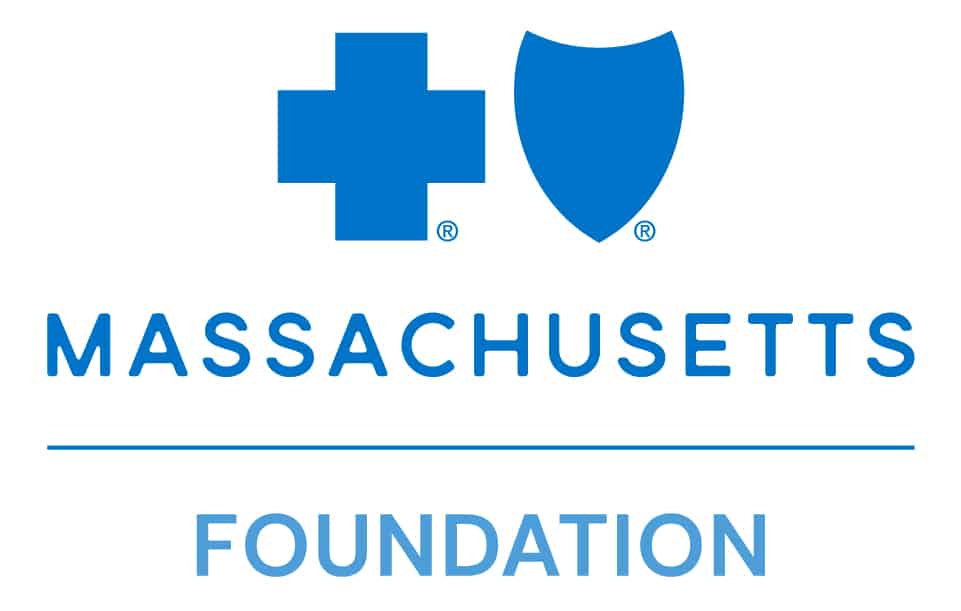National Pregnancy and Infant Loss Awareness Month
By Sybil Sanchez, MMBNE New York Communications Coordinator
In October 1988, when President Ronald Reagan declared October as National Pregnancy and Infant Loss Awareness Month, he said, “When a child loses his parent, they are called an orphan. When a spouse loses her or his partner, they are called a widow or widower. When parents lose their child, there isn’t a word to describe them.”
Having lost four early pregnancies myself, these words touched me so I recently quoted them on my Facebook page. An international friend commented that in her country, they call such parents “bereaved.” And indeed, we use that word here in the US as well. But labels, like facts, fail to communicate the full story. Many grieving parents encounter this challenge when they are casually asked, “How many children do you have?”
It is such a common topic that I myself asked Amy Anderson, MMBNE’s first bereaved donor, this exact question in the course of our first conversation. She graciously answered with details about all of her children, not just the ones that can be seen living here today. Amy’s story is an important one that we are highlighting this month as we honor our bereaved mothers, babyloss mammas, donors through grief, or whatever such brave and selfless donors prefer to call themselves.
It started back in 2011 when MMBNE’s founding medical director, Kathleen Marinelli, came across Amy’s post on Faces of Loss, Faces of Hope about seeking a recipient for her expressed milk. Ultimately, Amy and her son Bryson became our first bereaved donors. Their story was documented in a moving article and YouTube video, which can be seen here. In the video, Kathleen introduces Amy to a family whose baby was likely to have received Bryson’s milk.
Amy’s story of donating through grief stands alone in its uniqueness. Sadly, statistics show that pregnancy and infant loss are relatively common in the United States: roughly 20% of pregnancies are lost before 20 weeks; 1% of pregnancies or births after 20 weeks are stillborn; there is an 11% preterm birth rate, the complications of which can account for as much as 35% of all infant deaths (2010); and roughly 1,500 infants die of Sudden Infant Death Syndrome (2013).
These numbers and the loss they represent are devastating, yet critical to consider as part of milk donation. Since Amy’s first donation, nearly 125 bereaved mothers have inquired about milk donation with MMBNE and nearly 70 have actually donated. As Amy explains, many mothers are simply unaware that this option even exists or are left unprepared for lactation after loss in the first place.
While some bereaved mothers may not be interested in donating, many find solace in sharing their babies’ milk to help save the lives of others. Amy’s story beautifully demonstrates this in her own words. We are proud to work with her to ensure that all bereaved mothers receive appropriate support through lactation after loss and are given the opportunity to share their precious tears of gold.








